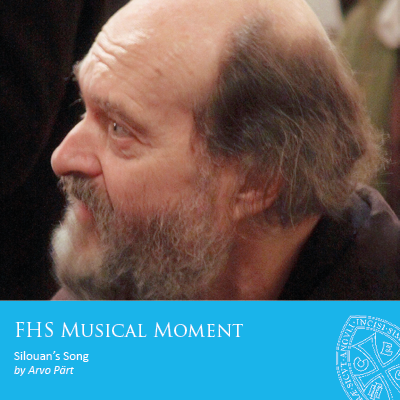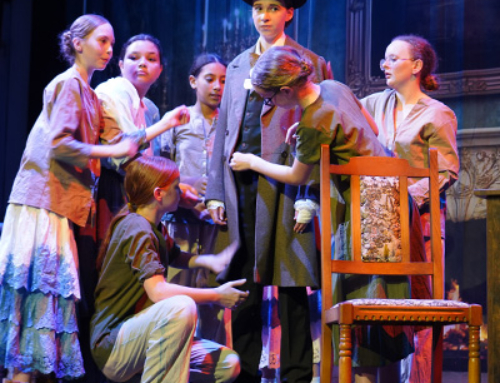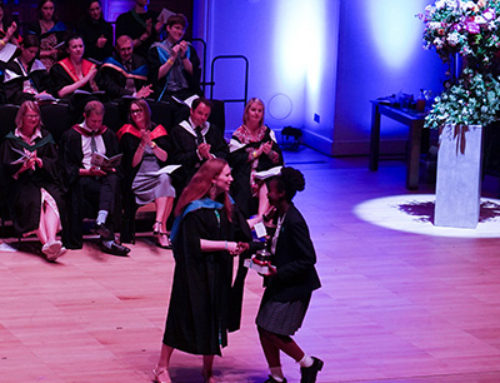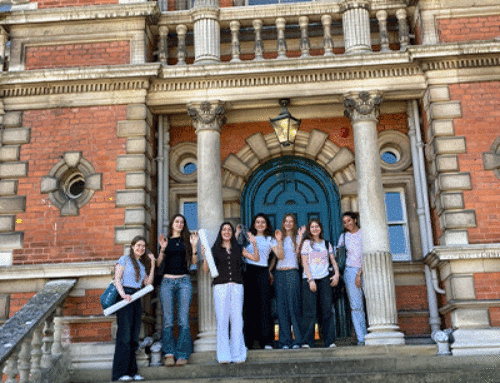On November 21st, I attended the last night of the London Jazz Festival at the Southbank Centre, where Yazz Ahmed (a British-Bahraini trumpeter) and her quintet predominantly featured. With a theme of ‘Fusing Forces’, Yazz and the BBC Concert Orchestra performed a wide variety of pieces, many of which, included her own compositions. However, this Musical Moment is going to address one of the smaller pieces performed by the BBC Concert Orchestra, Silouan’s Song by Arvo Pärt, which acted as an interlude and musical palette cleanser from Yazz’s ‘psychedelic Arabic jazz’.
Arvo Pärt is an Estonian composer, who is known as one of the leading figures in ‘holy Minimalism’ (a style to describe composition with minimal musical material and repetitive patterns and harmony, but also with a distinctly religious or mystical subject focus). In 1968, Pärt’s overtly sacred piece, Credo, was a turning point in his career- on a personal level, he had reached a creative crisis that led him to abandon all his means of expression and compositional technique that he used until then; on a social level, Pärt received Soviet censure due to the religious nature of the piece and his music stopped being played in public. Over eight years, Pärt focused on studying medieval and renaissance music in order to find his new musical style: tintinnabuli (from the Latin, ‘a bell’, which consists of two voice: one moving stepwise and the second moving in an arpeggio). This technique helped Pärt to create a repertoire of music ‘unmatched in its spirituality and depth of expression’, from the melancholy lament of Cantus in memoriam Benjamin Britten, to the majesty of Passio, and the intimate Spiegel im Spiegel (which is often used in film and TV soundtracks).
Silouan’s Song, which was performed in the ‘Fusing Forces’ concert, is based on Saint Silouan of Athos (1866 – 1938), a Russian elder of the Eastern Orthodox monastery of St Panteleimon. Pärt uses one of Silouan’s prayers: ‘My soul yearns after the Lord and I seek him in tears’. Since this is only an instrumental piece, Pärt uses the text with an alternative approach by creating a melodic line out of the stresses and syllables of the prayer, inserting silences and changes in texture as a musical punctuation mark. Pärt’s iconic tintinnabuli technique appears in the piece through the alternating consonances and dissonances in the harmony. All these compositional devices create a brilliant imitation of breathing through the swell and release of the music, which subsequently ties in the complex array of anguish, yearning, grief, and solace all found in Silouan’s prayer.
Read more here:














